There’s something magical about the way animals have inspired legends and mythologies throughout history. From ancient civilizations to modern times, people have often looked to the natural world for explanations of the unknown, and animals have played a key role in these stories. Some creatures are so extraordinary, they’ve become woven into the fabric of myths, inspiring everything from fierce dragons to majestic unicorns. It’s amazing to think that many of these mythical beasts were actually based on real animals that we can still find today!
1. The Narwhal and the Unicorn

The majestic unicorn, with its single spiraling horn, has appeared in mythologies from Europe to Asia. But what if I told you that sailors who spotted narwhals were part of the inspiration? Narwhals are Arctic whales with long, twisted tusks that protrude from their heads. Medieval traders sold these tusks as unicorn horns, fueling the belief in these elusive creatures.
2. The Basilisk and the Cobra
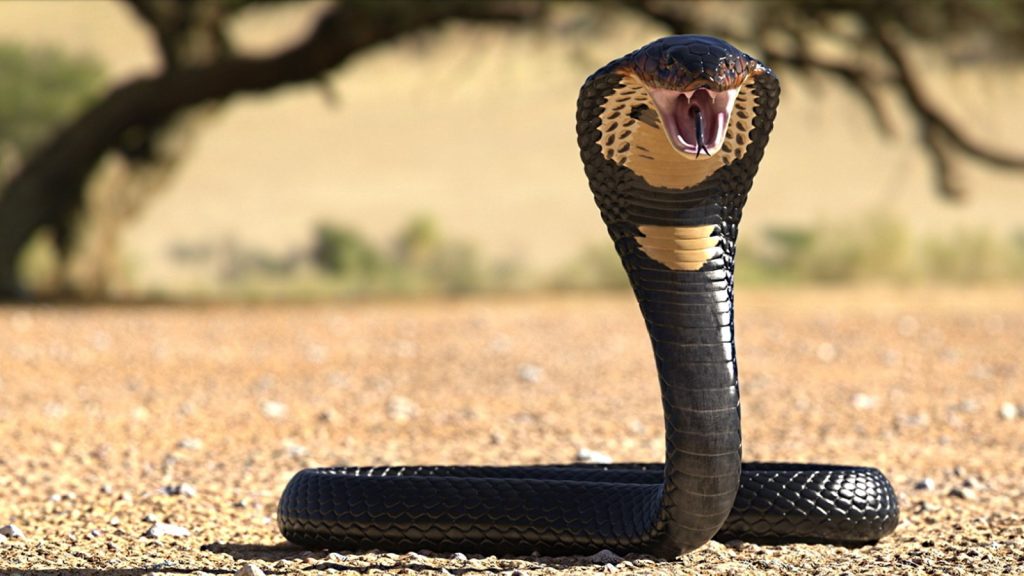
The basilisk is a deadly serpent from European folklore, said to have the power to kill with just a glance. This terrifying beast may have been inspired by the cobra, a venomous snake found in Africa and Asia. Cobras have a hooded appearance and a potent bite that made them seem otherworldly to early travelers. In fact, some cobras can even spit venom at a distance, adding to their fearsome reputation.
3. The Kraken and the Giant Squid

The legendary Kraken, a massive sea monster said to pull ships beneath the waves, was likely based on sightings of the giant squid. These deep-sea creatures can grow up to 13 metres long and have massive tentacles with suction cups. Early sailors who spotted these strange beasts had no way to explain their size and power, so the myth of the Kraken was born.
4. The Griffin and the Dinosaur

Griffins, with the body of a lion and the head and wings of an eagle, have appeared in myths from Ancient Greece to Persia. Many scholars believe this mythological creature was inspired by fossilized remains of the Protoceratops dinosaur. These skeletons, often found in the Gobi Desert, had beak-like skulls that might have led early people to imagine a hybrid creature with wings.
5. The Cyclops and the Elephant
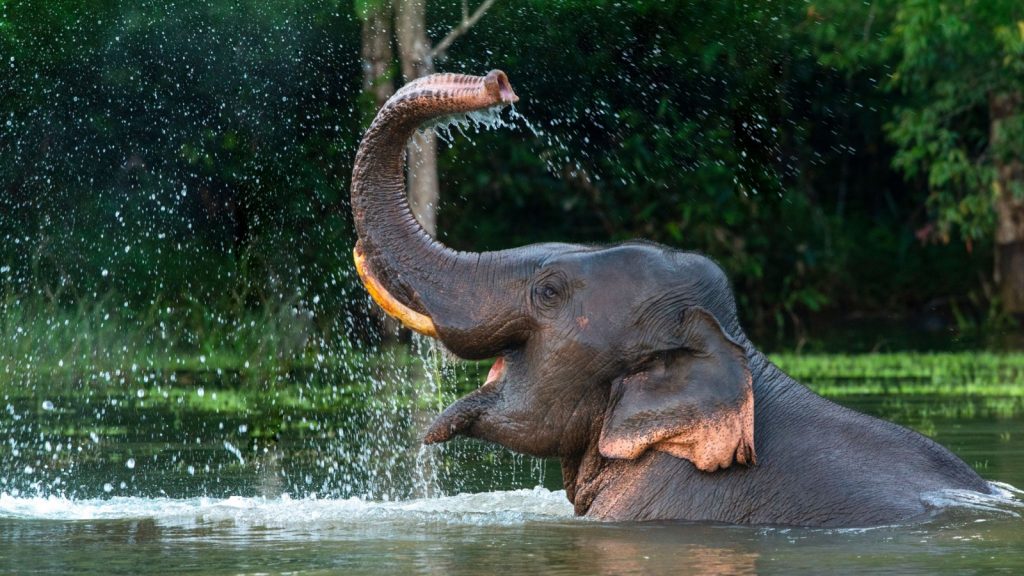
The Cyclops, a giant one-eyed creature from Greek mythology, may have been inspired by the skulls of ancient dwarf elephants. These animals once roamed the Mediterranean islands, and their skulls had a large central cavity, which housed their trunk. To early humans, these skulls looked like the remains of massive, one-eyed monsters.
6. The Thunderbird and the Condor
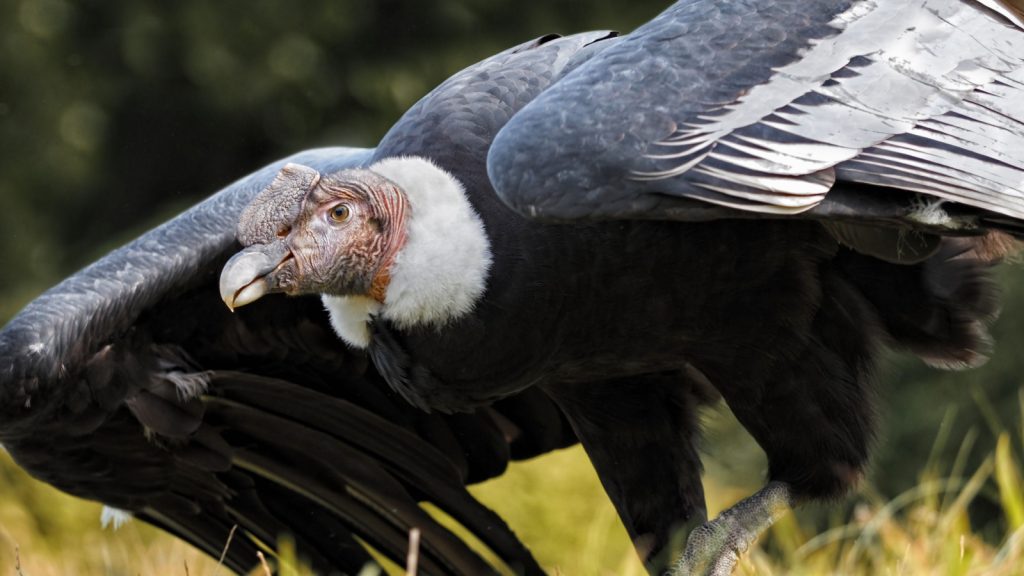
In Native American mythology, the Thunderbird was a gigantic bird whose wings could cause thunder and storms. It’s thought that this myth may have been inspired by sightings of the Andean condor, one of the largest flying birds in the world. With a wingspan that can reach over 3 metres, the condor could easily be mistaken for a mythical creature.
7. The Phoenix and the Flamingo

The mythical phoenix, a bird that rises from its own ashes, shares similarities with the flamboyant flamingo. It’s possible that ancient Egyptians, who told tales of a fiery bird, drew inspiration from the flamingo’s striking red and pink plumage. Flamingos live near hot, salty lakes, which might have fueled the idea of a bird born from flames.
8. The Roc and the Elephant Bird

The Roc is a colossal bird from Middle Eastern and Asian mythologies, said to be large enough to carry off elephants. It’s believed this legend was inspired by the now-extinct elephant bird of Madagascar. These birds were over 3 metres tall and weighed nearly half a tonne—impressive enough to spark stories of giant birds with unimaginable strength.
9. The Mermaid and the Manatee
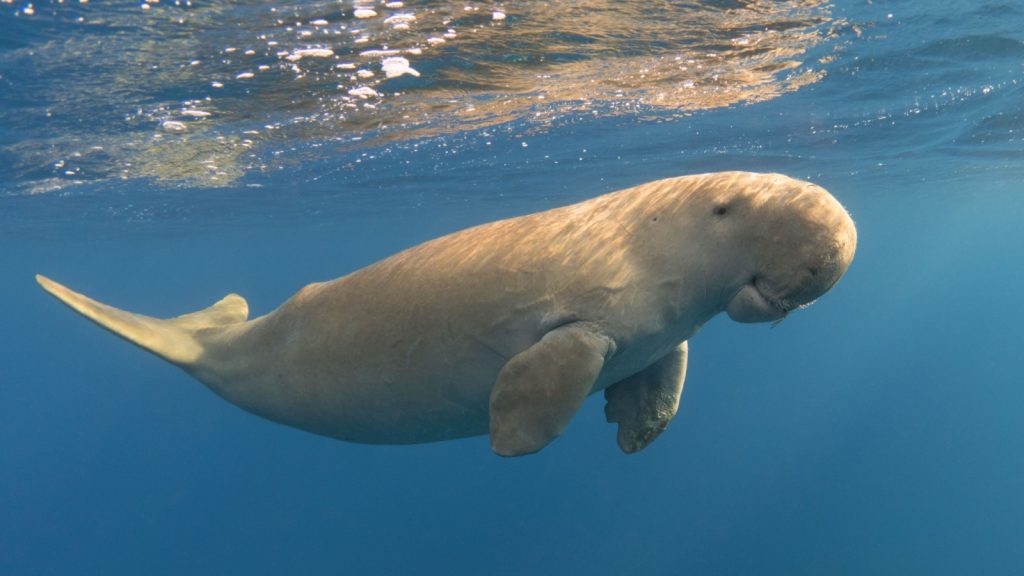
The allure of mermaids—half-human, half-fish creatures—has enchanted sailors for centuries. Some experts believe these myths stem from sightings of manatees or dugongs, marine mammals with human-like faces and long tails. Sailors spending months at sea might easily mistake these creatures for something more magical.
10. The Werewolf and Rabid Wolves

The legend of the werewolf—humans who transform into wolves during a full moon—may have its roots in encounters with rabid wolves. Rabies causes wolves to behave aggressively and bite, and the disease can even be passed to humans, who might then exhibit similar symptoms. This eerie connection between disease and transformation likely helped fuel the werewolf myth.
11. The Dragon and the Komodo Dragon
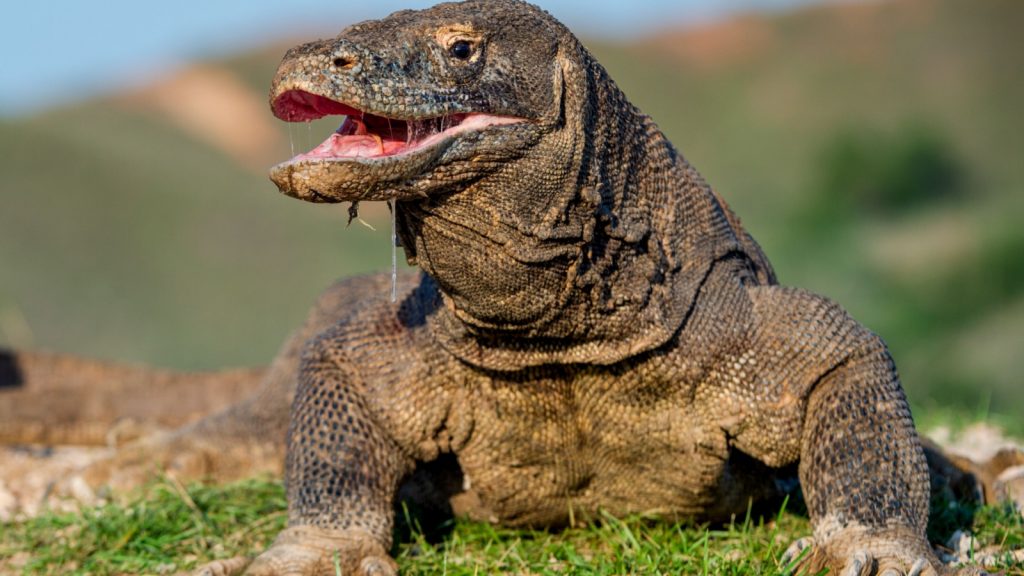
Dragons, with their scaly bodies, massive wings, and fire-breathing abilities, are one of the most famous mythological creatures. Some scholars believe these legends were partly inspired by the Komodo dragon, the largest living lizard. Found in Indonesia, Komodo dragons can grow over 3 metres long, have powerful tails, and a venomous bite. It’s easy to see how early explorers could have exaggerated their fearsome qualities into something even more terrifying.
12. The Hydra and the Octopus
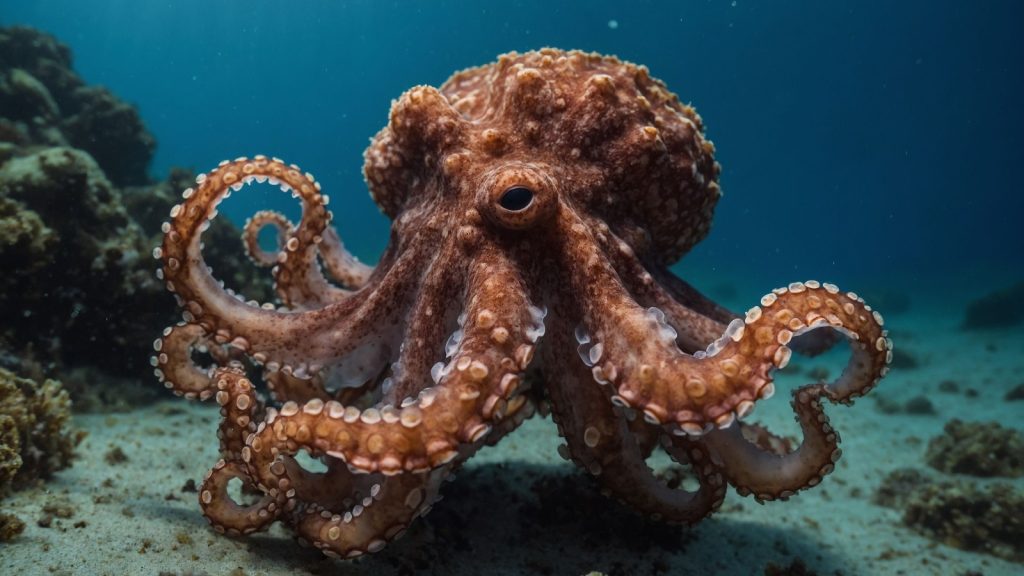
The multi-headed Hydra from Greek mythology may have been inspired by octopuses or squid. With their many arms and ability to regenerate lost limbs, octopuses must have seemed like creatures from another world. This, combined with their ability to escape danger by squeezing through tight spaces, could easily give rise to tales of a fearsome, multi-headed monster.
What Meg Got Wrong About Megalodons and 27 Other Fascinating Facts About These Colossal Prehistoric Sharks
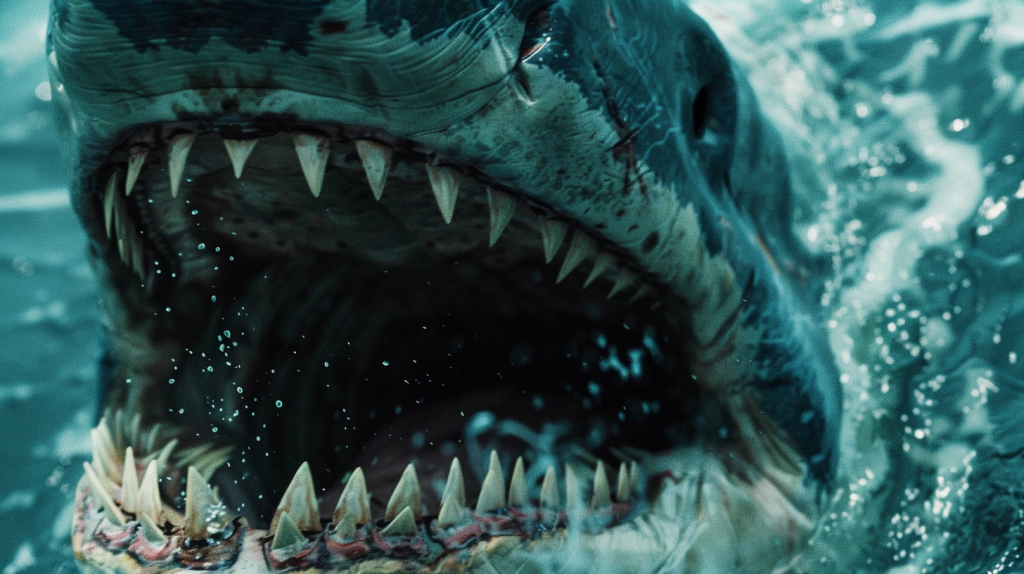
The megalodon, a massive predator that once ruled the seas, has been extinct for millions of years. Its scientific name, Otodus megalodon, means “giant tooth,” reflecting the enormous size of its teeth, which are far larger than those of today’s great white sharks. The discovery of these teeth has given us valuable information about the megalodon’s life and extinction.
Ellen has been obsessed with logic puzzles, jigsaws, and cryptograms since she was a kid. After learning she was taught how to play chess wrong by a family friend (so they could win), she joined her school chess club and the rest is history.


